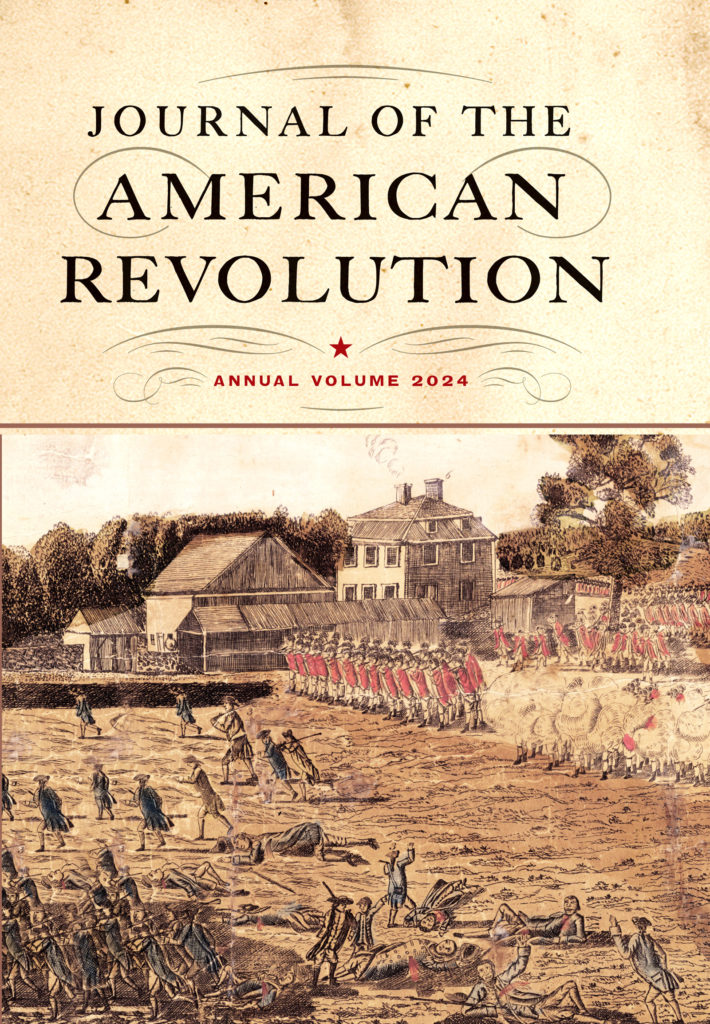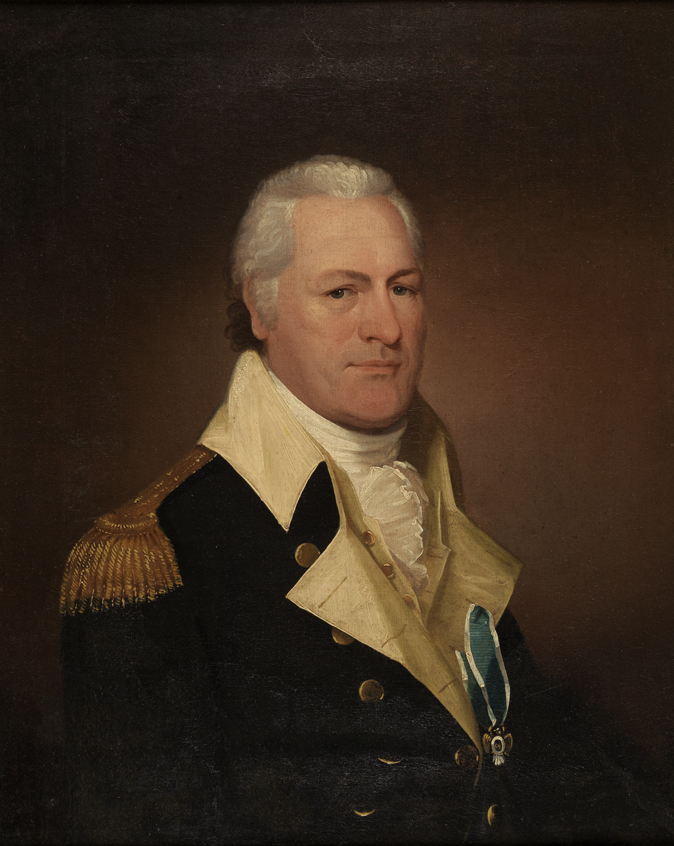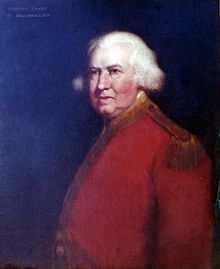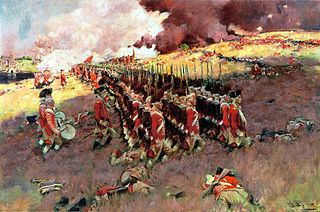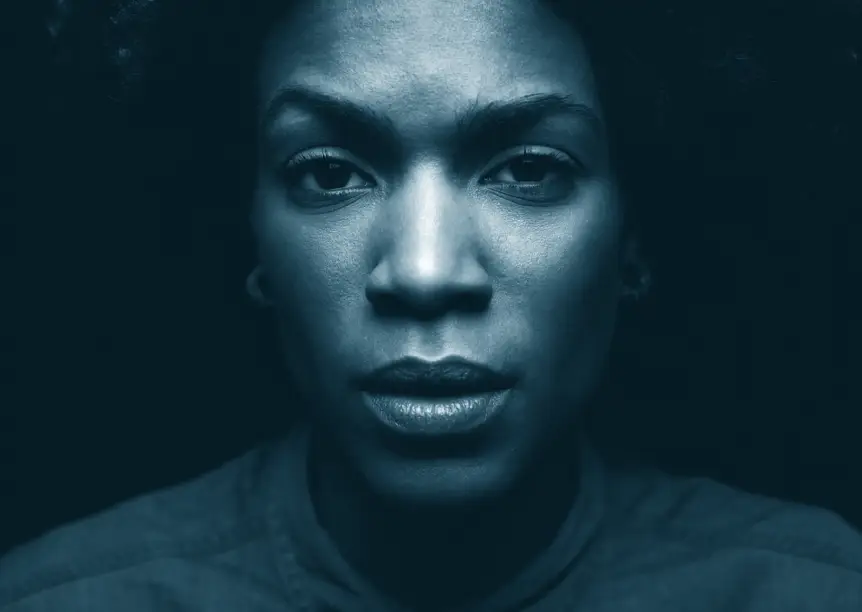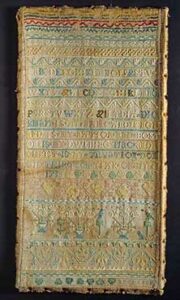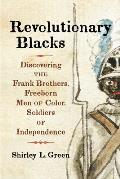“Our firm belief in telling a story here that is accurate and honest”
Ann Lucas, Senior Historian Emerita at the site, provided a remembrance for its website that says, in part:
Jordan adhered to Jefferson’s principle to “follow the truth wherever it may lead.” As director-elect, he visited Monticello several times as a “regular tourist,” and was struck by the fact that he never once heard a reference to Jefferson owning a plantation or the enslaved labor that it required. Once in leadership, he conveyed to staff that “from January the first on, we're going to try to tell the most honest story we can about Jefferson and slavery and race and the plantation, and it's all going to be based on serious scholarship."Those findings, bolstered by historical analysis, were convincing for the great majority of historians. There was a great outcry from a few authors, descendants, and self-appointed Jefferson “protectors,” quite like the objections we hear today to “woke” history and any effort at diversity, equity, and inclusion in institutions. In fact, some of the same people are objecting.
Toward that end, Jordan defined new academic departments (research, archaeology, restoration, education, publications, and historic plants), accelerated the publication of Jefferson’s writings with The Papers of Thomas Jefferson: Retirement Series, and established the Robert H. Smith International Center for Jefferson Studies. He supported a new generation of Jefferson-era research, passing the torch of the Thomas Jefferson Foundation professorship from Merrill Peterson to Peter Onuf.
No event more clearly illustrates Jordan’s dedication to transparency and scholarship - and his confidence in the Monticello staff - than his response to the Sally Hemings DNA study. Steadfast in the face of opposition, Jordan, in his words, “set the tone” to support Monticello’s scholars.
Within 24 hours of the 1998 release of the study linking Jefferson to the paternity of Hemings’ son, Monticello held a press conference, posted public statements on the web site, and instructed interpreters in how to initiate conversations on the subject with visitors. The Foundation pledged to continuously evaluate all relevant evidence, advancing “our firm belief in telling a story here that is accurate and honest - and thus inclusive - about Jefferson’s remarkable life and legacy in the context of the complex and extraordinary plantation community that was Monticello.”



